Content
With all the richness of the choice of fertilizers today, many gardeners often prefer to use folk remedies for feeding vegetables on their site. This is primarily due to the fact that folk remedies, as a rule, are safe for health and have no properties to accumulate in fruits in the form of nitrates and other compounds that are unsafe for humans. In addition, they are relatively inexpensive and generally available compared to the many specialized fertilizers that are sometimes found only in large settlements. A person eats bread every day and its remains can be easily dried or frozen for future use.
Cucumbers are a crop that requires regular and fairly generous feeding, especially during the fruiting period. Therefore, feeding cucumbers with bread can be an ideal solution for a gardener who wants to save his time, effort and material resources, so as not to waste them on finding and buying a suitable fertilizer.
Why do you need bread dressing
What can be so useful in ordinary bread, and even for plants? Everyone knows that bread is carbohydrates, but when interacting with water, an analogue of bread leaven is obtained, that is, the yeast component of bread comes to the fore, which also plays an important role. When you mix the leaven of bread with the soil, it is paramount that millions of fungi and bacteria living in different layers of the soil begin to intensively assimilate all this richness. There are special microbes - nitrogen fixers, which are capable of converting nitrogen from the air into salts available for plants with the help of carbohydrates.
All this together has a very beneficial effect on the condition and development of plants, in this case, cucumbers.
Summing up, there are several directions of the influence of top dressing from bread on cucumbers:
- The vegetative process is accelerated - this allows you to get an earlier harvest.
- Increases the quality and quantity of ripening greens - the number of barren flowers decreases, and cucumbers grow without voids.
- The vital activity of beneficial microflora in the soil is activated, and, therefore, its quality improves.
- There is an acceleration of the decomposition of previously introduced organic substances and, accordingly, the enrichment of the soil with nutrients.
- Weak plants that are lagging behind in development are strengthened and restored.
Basic cooking technology
You can prepare a top dressing for cucumber bread in different ways, but the most traditional is the following method.
To begin with, collect any grain leftovers in the amount that you need for feeding. If you do not have many plants, then it is enough to collect about one kilogram of bread products. If you want to feed the whole vegetable garden in addition to cucumbers, then it is better to start preserving the bread in advance. Since bread dries and even freezes quite easily, enough unused bread can be collected, if only there is a place to store it.
You can use any type of bread, even moldy pieces will do. It is believed that black bread ferments better, but if you only have white bread available, then you should not be upset - you can only withstand it for one or two days longer.
It is better to grind the collected pieces to a size of 2-3 cm, but this is not important.Prepare a container, the size of which will depend on the volume of harvested bread. Usually a 10 liter bucket or a smaller saucepan is used. Bread leftovers are placed on about two-thirds of the pan and filled with water so that it covers the bread completely. A lid of a smaller diameter is placed on top, on which the load is placed. The bread must be immersed in water at all times.
The liquid with bread is placed in a warm place for a week for infusion. It should be borne in mind that the smell will increase as the infusion sour and can cause unpleasant emotions. Therefore, it will be better if you choose in advance a suitable place for infusing the fertilizer.
After a week, the fertilizer from the bread is completely ready. It is advisable to strain it before using it. Place the bread grounds in a compost heap, and use the resulting liquid as fertilizer for irrigation in a ratio of 1:10.
Other manufacturing options
No matter how good fertilizer from bread is in itself, gardeners often use recipes in which there are slightly more components, which makes it possible to enhance the effect of the resulting fertilizer on cucumbers.
The following recipe is very popular, with which you can feed cucumbers every two weeks from the moment the first inflorescences appear until the end of fruiting.
A barrel with a volume of 50 to 100 liters is prepared, into which one bucket of green grass is tightly packed, about 1 kg of bread crusts are poured on top and 0.5 kg of fresh yeast is added. Several glasses of wood ash are also placed there. All this is filled with water and covered with a lid on top. Instead of a lid, you can use a piece of polyethylene tied with a string around the barrel. The barrel is placed in a warm place. About a week after the end of the fermentation process, the resulting liquid is used as a top dressing for cucumbers. It can be diluted in a 1: 5 ratio.
Feedback from those who used
It is interesting that gardeners have been familiar with feeding bread for a long time, recipes in the family are often passed down from generation to generation.
Let's summarize
It is not for nothing that top dressing with bread is so popular among many generations of gardeners. Try to apply it on your site and, perhaps, be surprised how much you can get from your usual garden crops.
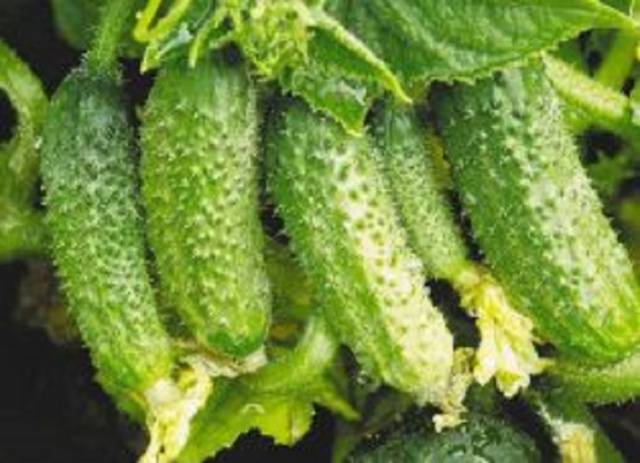
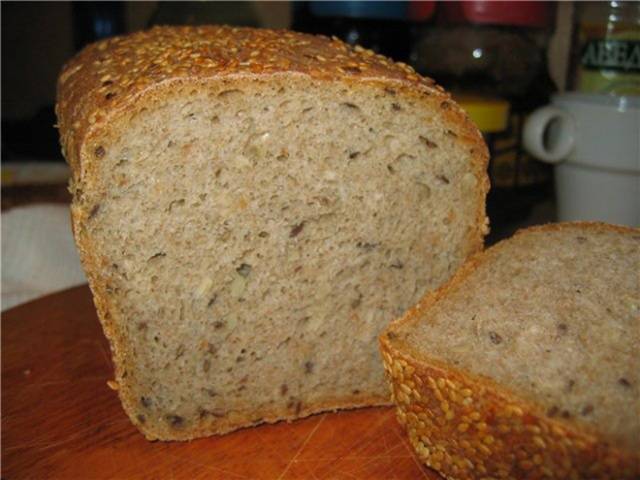
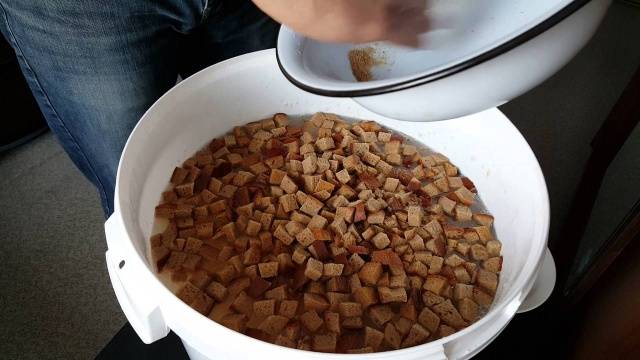
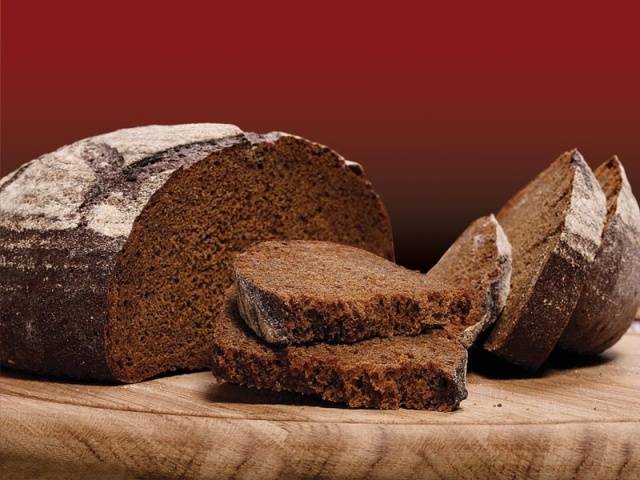
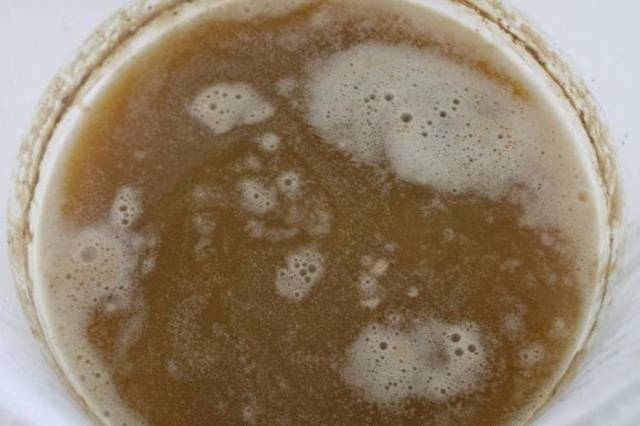
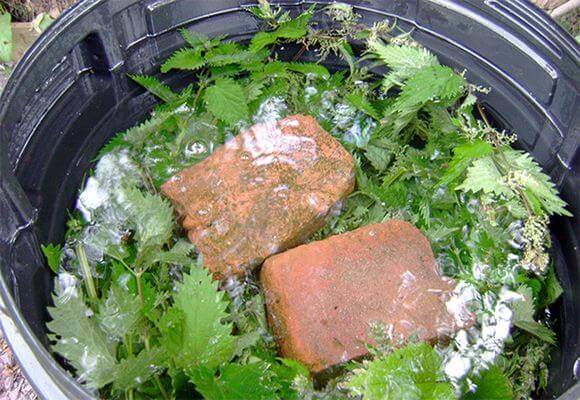










who will tell you how often you can feed with bread leaven?
Good afternoon, Alexander!
Bread dressing is indeed a treasure trove of minerals and nutrients necessary for growth. However, like any tool, it has limitations.
1. This dressing can be applied no more than 2-3 times during the whole season with a break of 3-4 weeks. It is advisable to adhere to the specified watering rates.
2. The bread contains yeast. And its too frequent use can cause a decrease in the composition of the soil of elements such as potassium and calcium. Therefore, to replenish these elements, it is advisable to water the cucumbers with an ash solution 2-3 days after applying the bread dressing.
Good harvests to you!